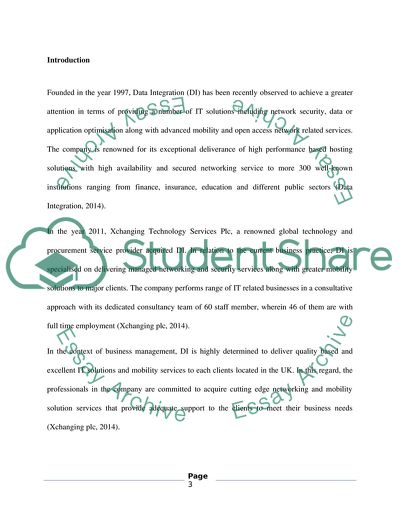Cite this document
(Report on a case study of a selected small business Essay, n.d.)
Report on a case study of a selected small business Essay. https://studentshare.org/finance-accounting/1835203-report-on-a-case-study-of-a-selected-small-business
Report on a case study of a selected small business Essay. https://studentshare.org/finance-accounting/1835203-report-on-a-case-study-of-a-selected-small-business
(Report on a Case Study of a Selected Small Business Essay)
Report on a Case Study of a Selected Small Business Essay. https://studentshare.org/finance-accounting/1835203-report-on-a-case-study-of-a-selected-small-business.
Report on a Case Study of a Selected Small Business Essay. https://studentshare.org/finance-accounting/1835203-report-on-a-case-study-of-a-selected-small-business.
“Report on a Case Study of a Selected Small Business Essay”. https://studentshare.org/finance-accounting/1835203-report-on-a-case-study-of-a-selected-small-business.


